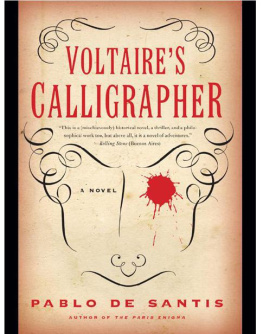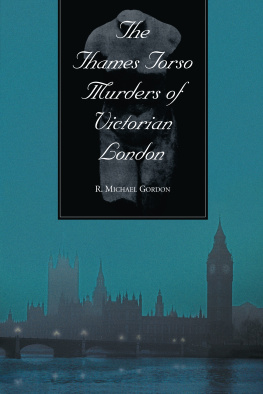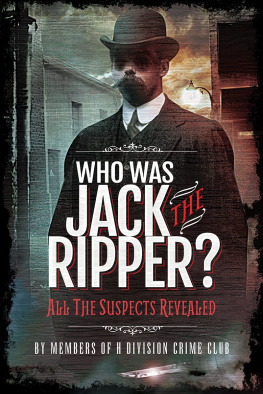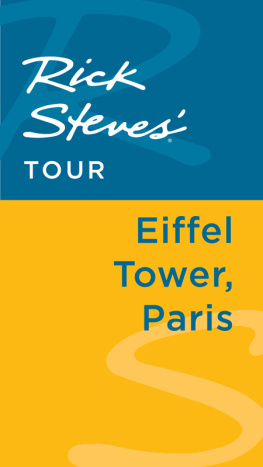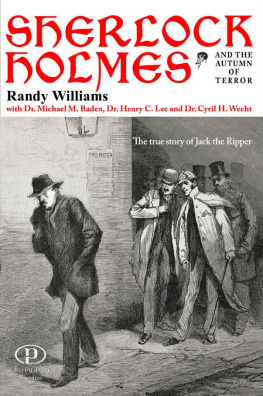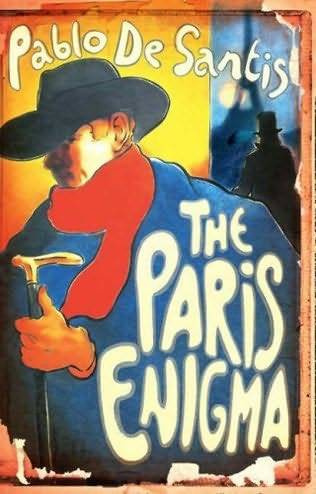
Pablo De Santis
The Paris Enigma
2008
Translated from Spanish by Mara Lethem
part i. Detective Craigs Final Case
My name is Sigmundo Salvatrio. My father came to Buenos Aires from a town north of Genoa and made his living as a cobbler. When he married my mother, he already owned a shoe-repair shop specializing in mens footwear (he never felt comfortable fixing womens shoes). As a child, I often helped him with this work. Today, people in my profession view my method for classifying fingerprints (the Salvatrio method) with high regard-I owe that crime-solving innovation to the many hours I spent among the lasts and soles that filled our shop. I came to realize that detectives and shoemakers see the world from beneath, both focusing more on the footsteps that have strayed away from their intended path than the path itself.
My father was no spendthrift. Every time my mother asked for a little extra money, Renzo Salvatrio would say that wanton spending would eventually force us to subsist on boiled boot soles as Napoleons soldiers had done during their Russian campaign. But despite his frugality, once a year he allowed himself an extravagance: on my birthday he would buy me a jigsaw puzzle.
He began the tradition with a hundred-piece puzzle, and each year the puzzles got more and more complex, until finally they had fifteen hundred pieces. They were made in Trieste and came in wooden boxes. Once they were complete youd discover a watercolor of the Dome of Milan, or the Parthenon, or an old map with monsters lying in wait at the ends of the Earth. It always took me many days to finish them. My father believed that jigsaw puzzles were rigorous training for mental and visual acuity. He helped me enthusiastically but generally wasnt very good because he paid more attention to the color of the pieces than to their shape. I let him do it his way, and then I fixed them when he wasnt looking.
An investigation and a jigsaw puzzle have nothing in common, swore Renato Craig, who would later become my mentor. But nevertheless it was this hobby that, in February 1888, led me to answer the ad Craig published in the newspaper. Renato Craig, the famous detective, the only one in Buenos Aires, wanted to share his knowledge, for the first time, with a group of young people. Over the course of a year, the chosen students would learn the art of investigation, preparing them to assist even the best of detectives. I still have the newspaper clipping; the ad was on the same page as a story about the arrival of Kalidn, a Hindu magician touring the country.
The detectives ad excited me, not only because of what it heralded, but also because it meant that Craig, Craig the loner, was finally willing to allow other human beings to learn his methods. Craig was a founding member of The Twelve, a group of the most elite detectives in the world. It was Craig himself who introduced the term acolyte to The Twelve Detectives as a way to refer to their assistants. During one of the groups first meetings, in 1872, he explained this designation with a definition from a dictionary of Latinisms: ACOLYTE: said of one that follows another as if he were his shadow.
Every member of the club had his acolyte, except for Craig. In the magazine, The Key to Crime, Craig had often defended his position by saying that acolytes werent necessary to a detective, and that the nature of the profession called for solitude. Another member of the group, Viktor Arzaky, who was Craigs good friend, had always been critical of this assessment. The fact that Craig was now willing to train assistants was a direct contradiction to his previous philosophy.
In order to be considered for the academy, I had to send a letter in my own hand that explained why I was applying. There was one rule: Dont mention your background; nothing that youve done up until this point has any value to me. I asked my father for a few of the pages that he used for his business correspondence, with letterhead that read Salvatrios Cobblers Shop above a drawing of a patent leather boot. I cut off the top of each page: I didnt want Craig to know I was the son of a cobbler.
In my first draft of the letter, I wrote that I wanted to learn the art of investigation because I had always been interested in the big crime cases that I read about in the newspaper. But I tore up that page and decided to start over. I really wasnt interested in gory crimes, but in the other kind: the perfect enigmas, the ones that, at first glance, were inexplicable. I liked to see how-in a disorganized but predictable world-an organized, but totally unpredictable way of reasoning emerged. I had no hope of becoming a detective; just being an assistant was a goal worthy of my concerted efforts. But at night, alone in my room, I imagined myself aloof, ironic, and pure, making my way, like Craig, through a world of facades, discovering the truth buried beneath the false leads, beyond the distractions and the blind gaze of habit.
I dont know how many nervous, hopeful people sent letters to Detective Craigs house at number 171 De la Merced Street, but it must have been a lot, because months later, when I was already one of the academys top students, I found a heap of dusty envelopes. Many of them had never been opened, as if one glance at the handwriting had been enough for Craig to know if an applicant was unsuitable. Craig maintained that graphology was an exact science. Among those letters I found the one I had sent; it was also still sealed, which left me baff led. When Craig ordered me to burn them, I did so with a sense of relief.
On March 15, 1888, at ten oclock in the morning, I arrived at the door of his building on De la Merced Street. I had chosen to walk instead of taking the streetcar, but I quickly regretted that decision because a freezing rain, a sign that autumn was on its way, fell the whole way there. When I got to the door I found about twenty other young men, all as nervous as I was. At first I thought they were aristocrats, and that I was the only one who arrived without status, family name, or fortune. To cover their unease they tried to inscribe their faces with the contemptuous expression Craig wore when his picture appeared on the front pages of newspapers or the yellow cover of The Key to Crime, a biweekly serial that sold for twenty-five cents. It was the local version of Traces, the official journal of The Twelve Detectives, published by Adrien Grimas, in Paris. But The Key to Crime was an inexpensive publication of only thirty-six pages, while Traces had the format of an academic journal. Two or three cases filled the pages of The Key to Crime. The cover was yellow, with an ink drawing that showed either an illustration of one of the detectives, or the most horrific image from the account of one of the cases. On the last page there was a column titled In Hushed Tones where brief notices of the detectives lives appeared. I sometimes complained about the rather frivolous nature of this section (it informed readers that Detective Castelvetia was keen on snuff, that Rojo spent quite a bit of time investigating the brothels of a certain Madrid neighborhood, or that Caleb Lawson had finally broken off his engagement) but I very much enjoyed reading it.
Surprisingly, Craig himself answered the door. We were expecting some sort of butler who served as a buffer between the detective and the world. We were so disconcerted that, instead of going in, we each made way for the others to enter first. The comedy routine would have continued for hours if Craig hadnt grabbed hold of the first arm he found and pulled it inside. Immediately, we all followed in a line, as if we were tied together by a rope.
Next page

